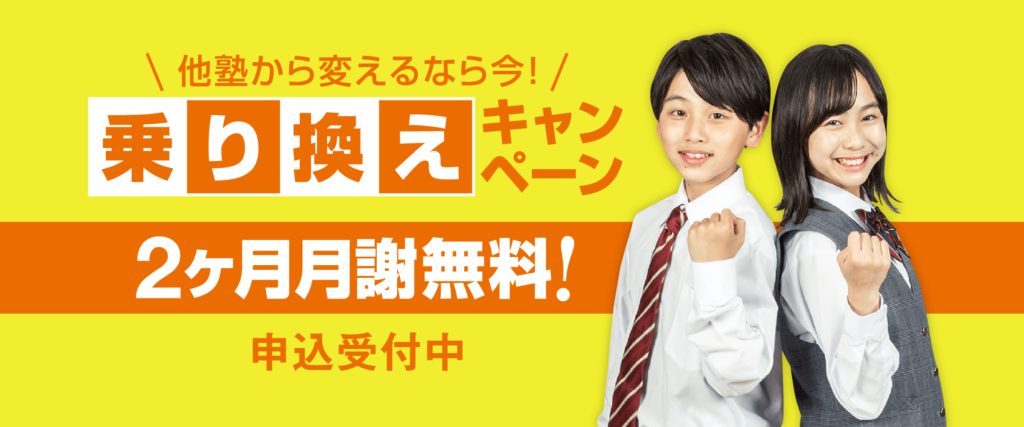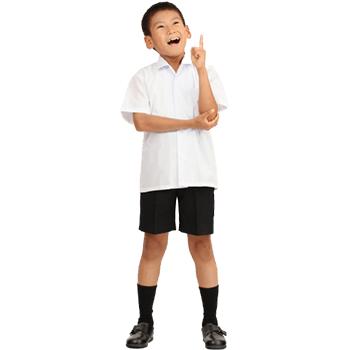
教室ブログ
People probably think that they can’t see themselves unless they have a mirror. But to be a cripple is to have a mirror constantly under one’s nose. Every hour of the day my entire body was reflected in that mirror. There was no question of forgetting. As a result, what is known in this world as uneasiness could only strike me as child’s play. There could be no uneasiness in my case. That I existed in this form was a definite fact, as definite as that the sun and the earth existed, or that beautiful birds and ugly crocodiles existed. The world was immobile like a tombstone.
「鏡を借りなければ自分が見えないと人は思うだろうが、不具というものは、いつも鼻先につきつけられている鏡なのだ。その鏡に、二六時中、俺の全身が映っている。忘却は不可能だ。だから俺には、世間で云われている不安などというものが、児戯に類して見えて仕方がなかった。不安は、ないのだ。俺がこうして存在していることは、太陽や地球や、美しい鳥や、醜い鰐の存在しているのと同じほど確かなことである。世界は墓石のように動かない。」(三島由紀夫)
こんにちは楠見校スタッフBです。
今日は三島由紀夫の「金閣寺」が題材です。言葉が黒々として妖しいですね。
いまの高校生や大学生くらいが読んでも面白いと思います。
こういう英文を素材にするとはなんと贅沢の極みでしょうか(笑)。
それでは英文の中にある名詞句・節の様々をみていきましょうか。
上の英文で、接続詞that、to 不定詞、関係詞what、など名詞句・名詞節を導く語句がありますよね。
名詞ということだから当然、文の要素(主語・目的語・補語)になっていますね。
とくに、文の中で what を見つけたら、「what 以下のこと」を1つのまとまりと考えて文の構造を考えるようにしておきましょう。これは関係詞でも疑問詞でも変わりありません。
1、This is (what he says).
2、You must do (what is right).
3、(What Ken bought) is a car.
4、He asked her (what she wanted).
123は関係詞で4は疑問詞whatです。
わかりましたか。
では、次回からはもう少し詳しくwhatやthatの違いをみていく予定です。










